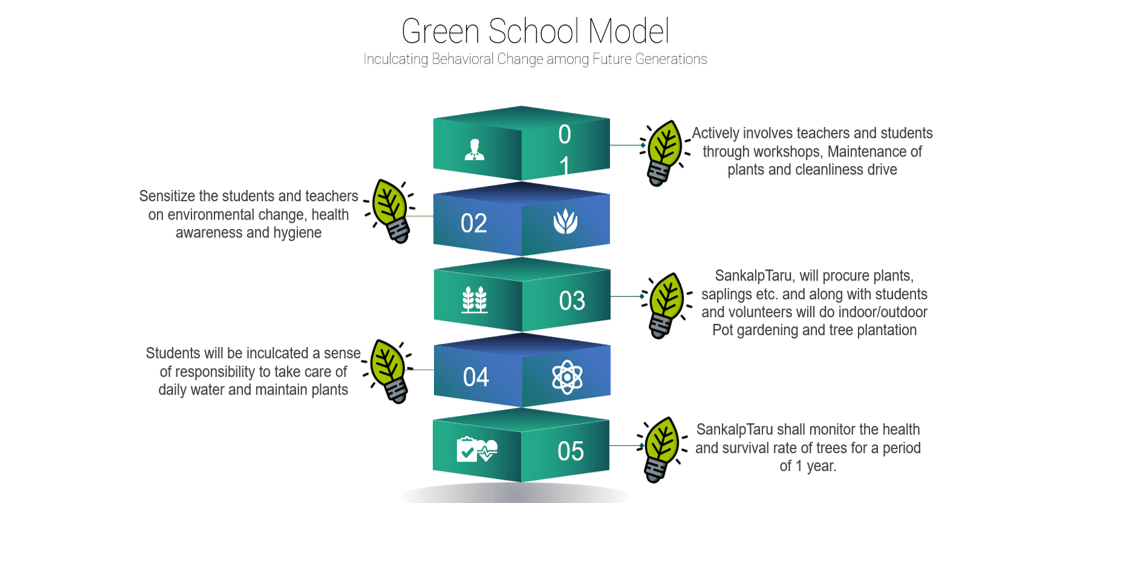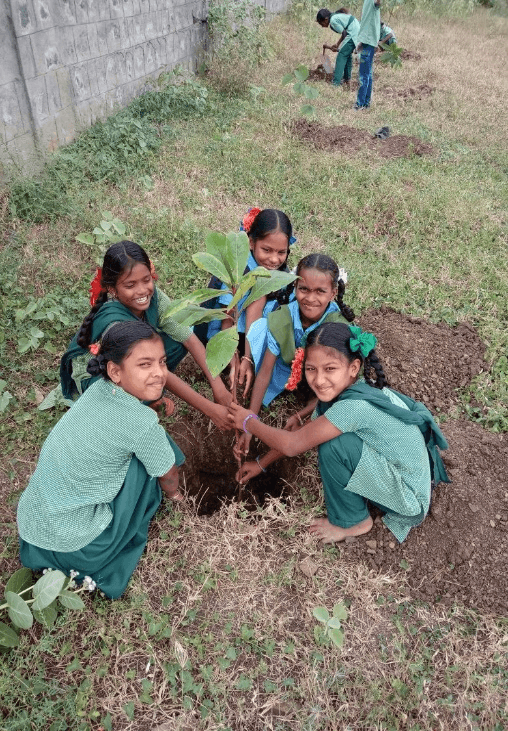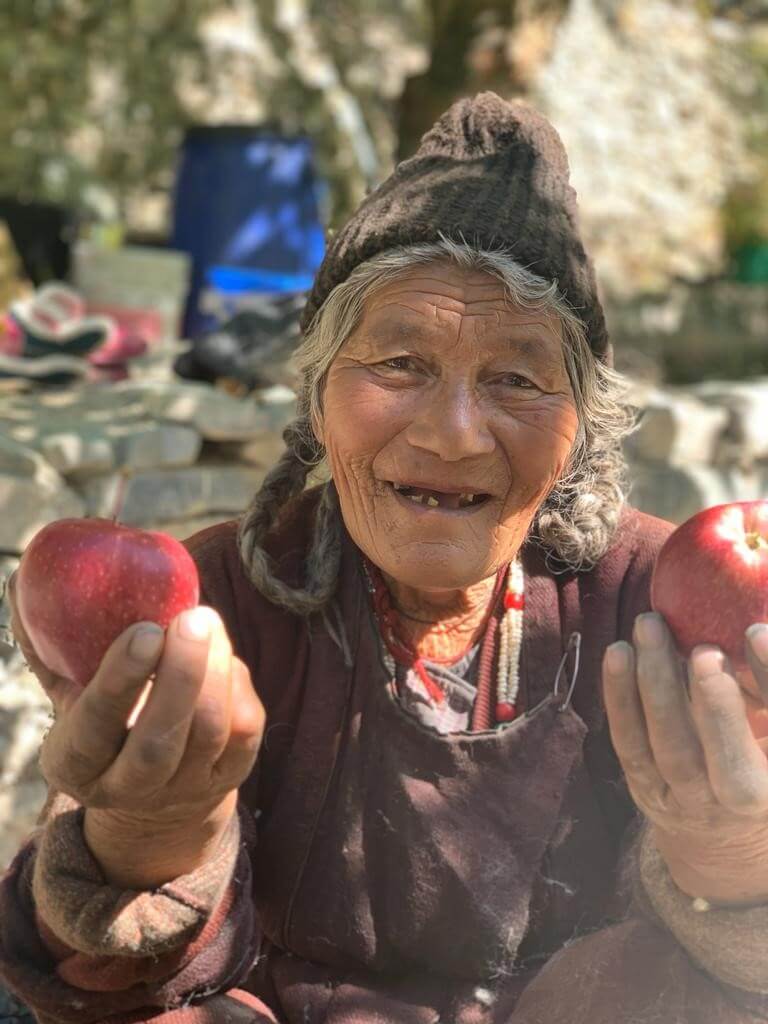Background:
Inculcating Behavioral Change among Future Generations-
SankalpTaru, along with student’s plant trees in the school compound or near vicinity.
- Involving teachers, students, corporate employees in tree plantation activity
- Creating awareness among the students for the need of trees!!
- SankalpTaru is responsible for purchasing the saplings, transporting them, pit digging and labour activities for the plantation
- Students will be inculcated a sense of responsibility to take care of daily watering and maintenance of trees
- SankalpTaru shall monitor the health and survival rate of trees.
But why school?
- Why have plants and other greeneries in your schools? The simple answer is that nature makes kids better. In recent studies, it was found that greenery in schools help children have better brain functions. Also, at school grounds, greenery is assumed to promote physical activities.
- It reduces stress in kids.
- The concentration of children is improved.
- It improves the problem-solving skills of the children in school.
- It reduces the depression in kids; and
- Children who attend schools with greenery gain an improvement in agility, coordination, and balance
- The NASA Clean Air Study was a project led by the National Aeronautics and Space Administration (NASA) in association with the Associated Landscape Contractors of America (ALCA) to research ways to clean the air in space stations. Its results suggested that, in addition to absorbing carbon dioxide and releasing oxygen through photosynthesis, certain common indoor plants may also provide a natural way of removing volatile organic pollutants (benzene, formaldehyde, and trichloroethylene were tested)
Working of Clean and Green School Model-

Case Study on Clean and Green School Program by Tata Power

Objectives:
- To inculcate in young kids a green spirit of environment conservation.
- To educate and motivate school students towards tree plantation for maintaining the ecological balance and a healthier atmosphere.
- To encourage school authorities to form eco-clubs for providing students with practical knowledge about the various methods of nurturing their plants and environment alongside.
- To increase the green cover of the denuded area of these states by planting native trees that support local biodiversity.
Locations- Rajasthan, Punjab, Gujarat, Maharashtra, Karnataka, Tamil Nadu, Andhra Pradesh, Madhya Pradesh




Tree Species Plated are- Neem, Peepal, Amla, Banyan, Jamun.

Challenges:
- Finding locations apt for plantation in these states, with watering and fencing facilities available.
- Co-ordinating plantation in multiple schools across the country.


Every time I read a new post, I feel like I’ve learned something valuable or gained a new perspective. Thank you for consistently putting out such great content!
This blog post has left us feeling grateful and inspired
Keep up the amazing work!